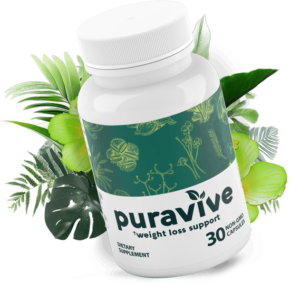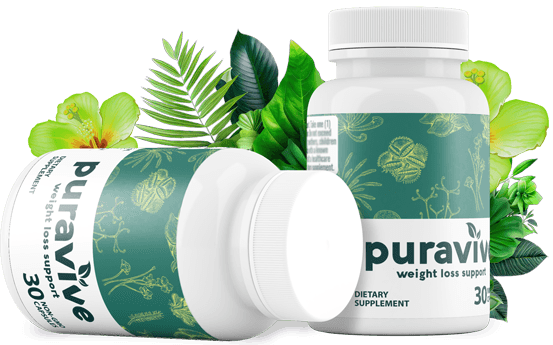
Brown Fat: What You Should Know

Brown fat is a healthy type of fat that is actually darker in color. Once thought to only exist in babies, researchers now believe adults have it too. Brown fat has energy that might be harnessed for better health.
You may be surprised to learn that the fat in your body is made up of different colors. Scientists have identified both white and brown fat. The brown color is also sometimes referred to as inducible brown adipose tissue (BAT).
What’s the purpose of body fat?
Each kind of fat serves a different purpose.
White fat
White adipose tissue (WAT) is the standard fat you’ve likely known about your whole life. It stores your energy in large fat droplets that accumulate around the body. The accumulation of fat helps keep you warm by literally providing insulation for your organs.
In humans, too much white fat can cause obesity. Too much white fat around the midsection may also create a higher risk of heart disease, diabetes, and other diseases.
Brown fat
BAT stores energy in a smaller space than white fat. It’s packed with iron-rich mitochondria, which is how it gets its color. When brown fat burns, it creates heat without shivering. This process is called thermogenesis. During this process, the brown fat also burns calories.
Brown fat is highly regarded as a possible treatmentTrusted Source for obesity and some metabolic syndromes.
Scientists used to believe that only babies had brown fat. They also thought this fat disappeared by the time most people reached adulthood.
Researchers now know that even adults have small reserves of brown fat. It’s typically stored in small deposits around the shoulders and neck.
All people have some “constitutive” brown fat, which is the kind you’re born with. There’s also another form that’s “recruitable.” This means it can change to brown fat under the right circumstances. This recruitable type is found in muscles and white fat throughout your body.
Possible ways to build up brown fat
Certain drugs can cause the browning of white fat. Thiazolidinediones (TZDs), a type of drug used to help manage insulin resistance, can help with brown fat accumulation. But TZD medications are prescribed to people diagnosed with diabetes and are not available to others.
TZDs are also associated with weight gain, fluid retention, and other side effects. So, they can’t be used as a quick fix for people looking to gain more brown fat.
Here are some possible alternatives:
Turn the temperature down
Exposing your body to cool and even cold temperatures may help recruit more brown fat cells. Some research suggests that just 2 hours of exposure each day to temperatures around 66°F (19°C) may be enough to turn recruitable fat brown.
You may consider taking a cold shower or ice bath. Turning the thermostat down a few degrees in your home or going outside in cold weather are other ways to cool your body and possibly create more brown fat.
Exercise
Other researchTrusted Source on mice suggests that a protein called irisin may help transform white fat to brown. Humans also produce this protein.
One 2016 studyTrusted Source found that people who were more sedentary produced less irisin than those who exercised more often. Specifically, levels are increased when people do more intense aerobic interval training.
Exercise is highly recommended by doctors for heart health and weight management. Current physical activity guidelinesTrusted Source for adults include doing one of the following every week:
- 150 minutes (about 20 minutes per day) of moderate activity, like walking or playing tennis
- 75 minutes (about 11 minutes per day) of vigorous activity, like jogging or swimming laps
There’s not enough research to know for sure if exercise creates more brown fat. But exercise still has many health benefits.
Brown fat and research
It’s important to note that until recently, most studies on brown fat are from the mid-2000s or early 2010s, and have been done on animals, particularly mice. More research is needed on humans.
Researchers are still trying to understand the genes that control how white and brown fat develops. In one 2013 studyTrusted Source, scientists engineered mice to be born with very little brown fat by limiting a protein called Type 1A BMP-receptor.
When exposed to cold, the mice created brown fat from their white fat and muscles anyway, showing the power of recruitment.
Researchers have also discoveredTrusted Source that a certain protein called early B-cell factor-2 (Ebf2) might play a key role in building brown fat.
When engineered mice had exposure to high levels of Ebf2, it transformed white fat to brown fat. These cells consumed more oxygen, which shows that the brown fat was indeed producing heat and burning calories.
Can brown fat help treat or prevent conditions like diabetes?
A 2015 review on various studies has shown that brown fat burns calories and may help control blood sugar and improve insulin levels, decreasing the risk for type 2 diabetes. It may also help with removing fats from the blood, decreasing the risk for hyperlipidemia. Other studiesTrusted Source show promise for brown fat’s role in treating obesity.
The takeaway
More research is needed before doctors can hand out a pill or other quick fix to convert white fat to brown. Before you start taking ice baths, eating more, or turning down your thermostat, start by making small changes to your diet and trying some low impact exercises.

Disclaimer: This review is based on thorough research and is intended for informational purposes only. Individual results may vary
Affiliate Disclosure
The links to products on this website are affiliate links, and we may receive a commission for purchases made through these links.
Fact-Check Verification
All claims regarding FDA approval for each product can be verified through the official FDA website. Click here for sources.
Medical Alert
These listed products are not a substitute for professional medical advice. Consult a healthcare professional before beginning any weight loss treatment.
Contact Options
For further inquiries, use our contact form to send your questions directly.
Security and Privacy
This website uses HTTPS protocols and adheres to data privacy and security standards.
By following these guidelines, you increase the likelihood of meeting Google and Bing compliance standards.
Copyright © 2023, All Rights Reserved. Contact: fabioazevedo.afiliado@gmail.com


















